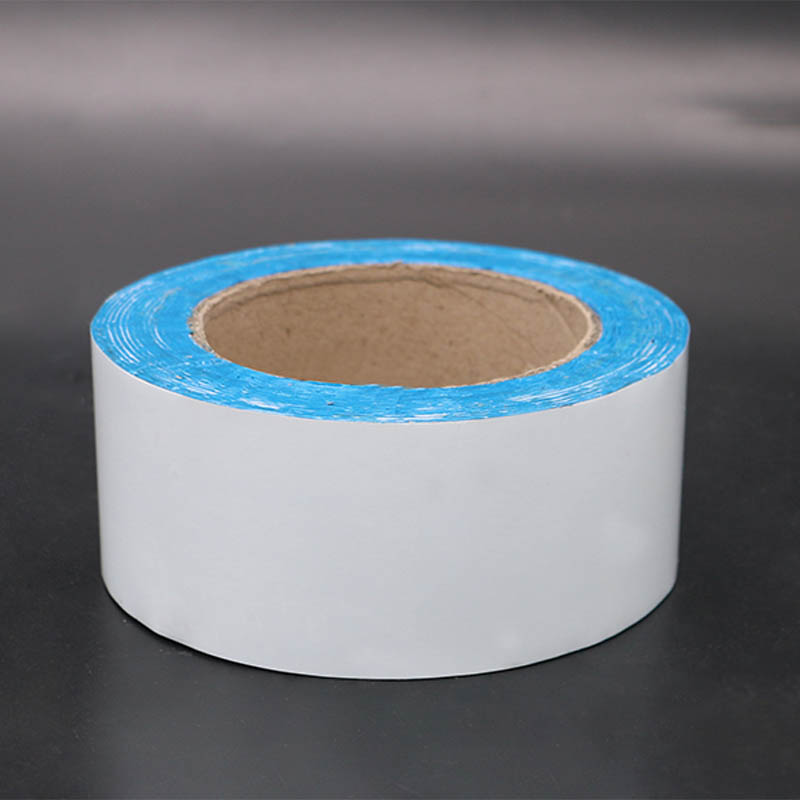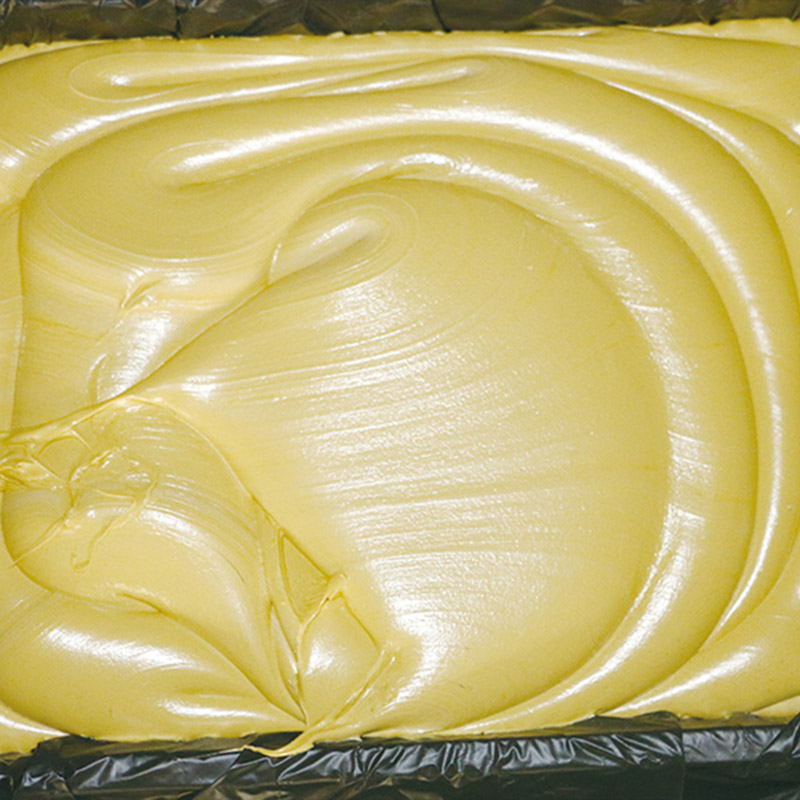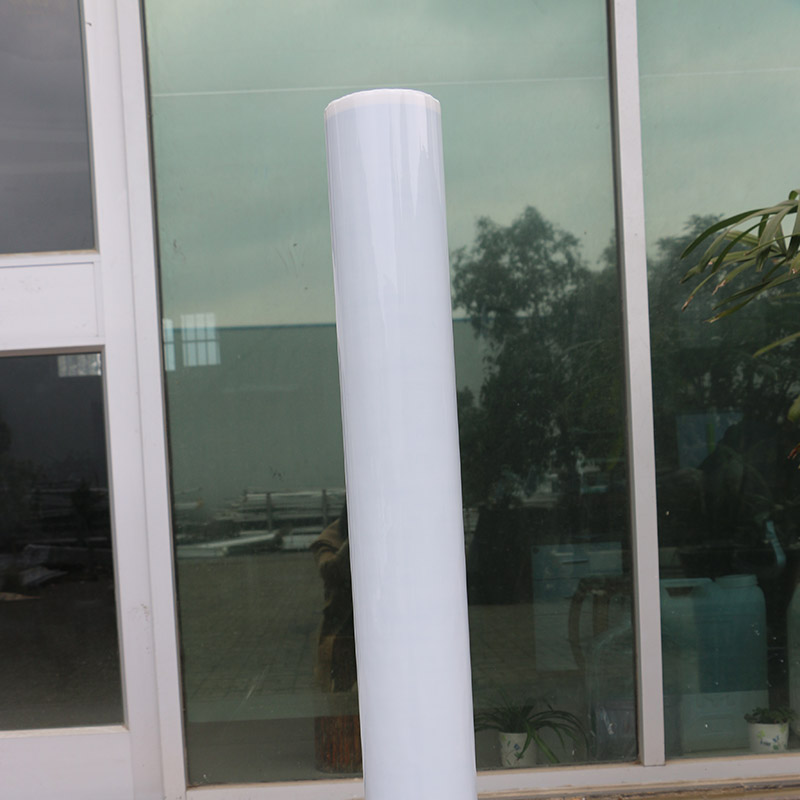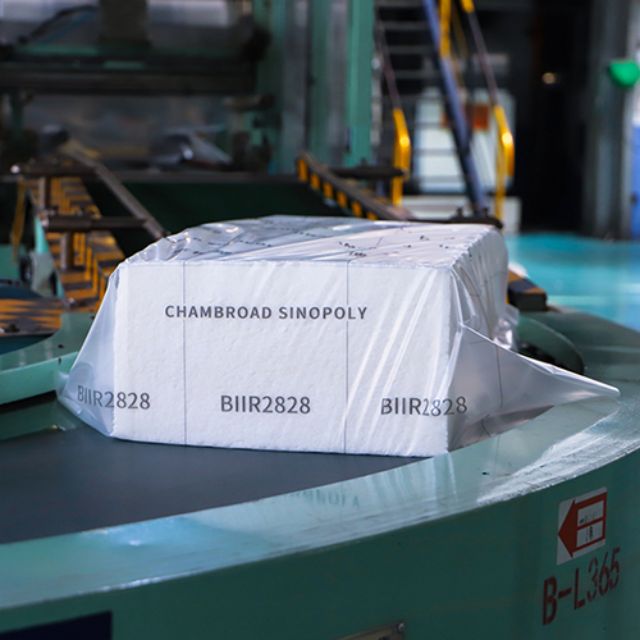
One Board Supporting the Sky
PriceList For Butyl Caulk - G1031 Butyl Adhesive with Rubber Content Up To 15% – Gooban
PriceList For Butyl Caulk - G1031 Butyl Adhesive with Rubber Content Up To 15% – Gooban Detail:
Formulation Design
Butyl rubber is widely used in manufacturing inner tube, anti vibration rubber, industrial rubber plate, medical rubber and many other aspects because of its unique properties. This paper mainly describes the influence of compounding agent on the physical properties of butyl rubber.

Carbon Black
The effect of carbon ink on the physical properties of ordinary butyl rubber is basically the same as that of halogenated butyl rubber. The effects of various carbon black on physical properties are as follows:
(1) The tensile strength and tear strength of vulcanizates of carbon black with small particle size such as saf (super wear-resistant furnace black), ISAF (medium and super wear-resistant furnace black), HAF (high wear-resistant furnace black) and MPC (miscible tank black) are larger;
(2) Ft (fine particle hot cracking carbon black), MT (medium particle hot cracking carbon black) and other carbon black with large particle size have large elongation of vulcanizate;
(3) No matter what kind of carbon black, with the increase of its content, the tensile stress and hardness of the vulcanizate increased, but the elongation decreased;
(4) The compression set of SRF (semi reinforced furnace black) vulcanizate is superior to that of other carbon black;
(5) The extruding performance of furnace carbon black is better than that of trough carbon black and hot cracking carbon black.
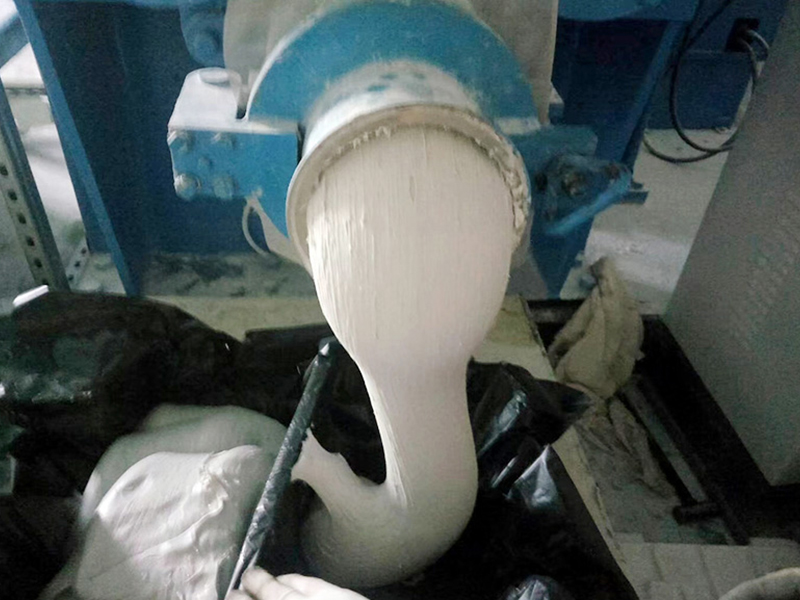
Application
It is widely used in civil buildings with general requirements for weather resistance, as well as damping gaskets of wall panels and automobile damping gaskets. Especially as a damping gasket, it gives full play to the damping characteristics of butyl rubber and greatly reduces the vibration of the environment.
Common Coating Production Process:
For damping gaskets and waterproof coiled materials, how can butyl rubber be coated on the substrate. The process is relatively simple: glue feeding – extrusion – Coating – slitting. The extrusion temperature is controlled at 90-100 ℃.
Figure 1-2-3-4
Product detail pictures:
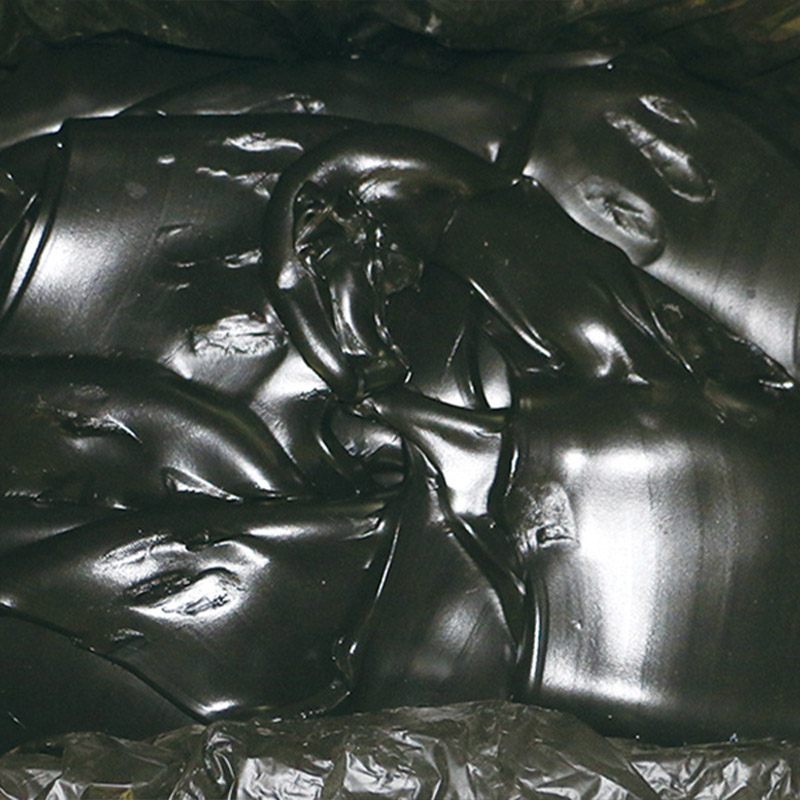
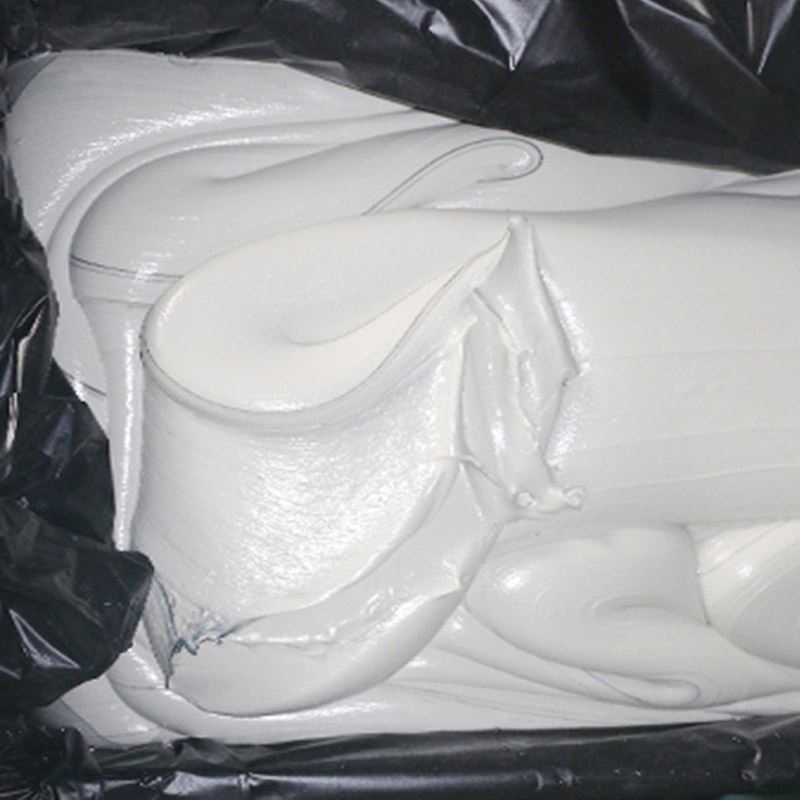

Related Product Guide:
Gaining client pleasure is our company's aim without end. We are going to make excellent efforts to create new and top-quality goods, meet your special requirements and provide you with pre-sale, on-sale and after-sale companies for PriceList For Butyl Caulk - G1031 Butyl Adhesive with Rubber Content Up To 15% – Gooban , The product will supply to all over the world, such as: Thailand, California, Jordan, Ought to any of these products be of curiosity to you, remember to allow us to know. We are going to be satisfied to give you a quotation on receipt of one's in depth specs. We've our private experienced R&D enginners to meet any of one's requriements, We appear forward to receiving your enquires soon'and hope to have the opportunity to work together with you in the future. Welcome to check out our company.
This company can be well to meet our needs on product quantity and delivery time, so we always choose them when we have procurement requirements.

